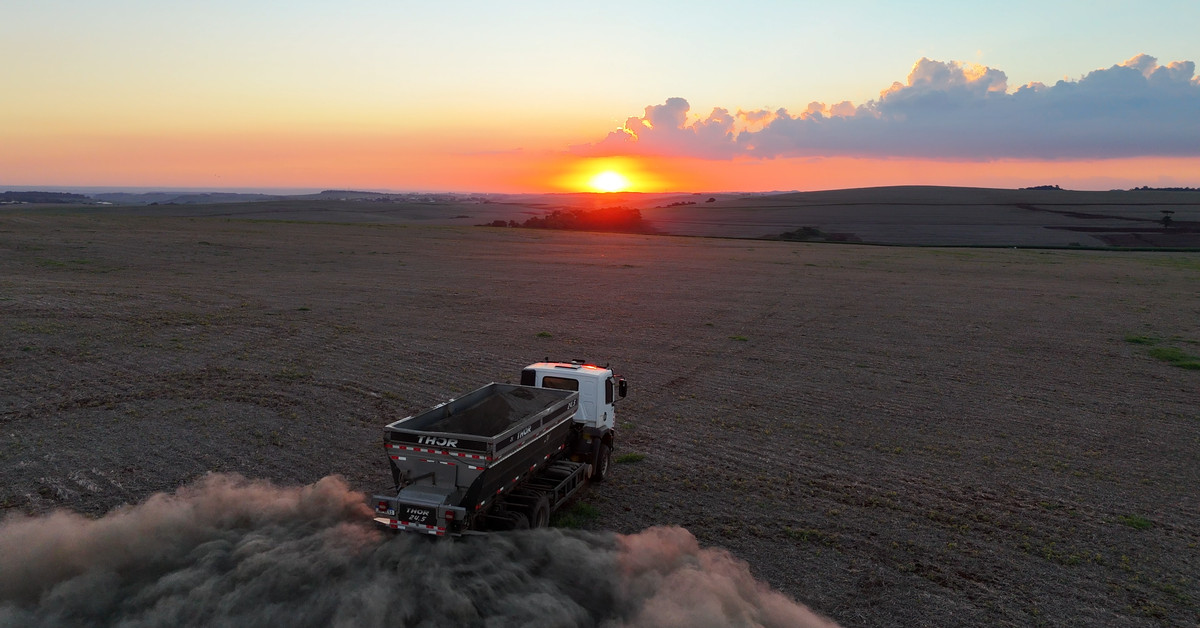As the world grapples with the challenges of climate change, companies like Google and H&M Group are exploring innovative ways to mitigate their impact on the environment. One such approach involves partnering with a startup called Terradot, which uses rocks to trap carbon dioxide from the atmosphere.
A New Frontier in Carbon Removal
Terradot’s solution leverages enhanced rock weathering (ERW), a process that accelerates the natural breakdown of rocks and captures CO2 through chemical reactions. This approach has gained significant backing from big names like Google, H&M Group, and Salesforce, which have collectively agreed to pay Terradot $27 million to remove 90,000 tons of carbon dioxide from the atmosphere.
A Multimillion Dollar Deal
The deal was brokered by Frontier, a carbon removal initiative led by Stripe, Google, Shopify, and McKinsey Sustainability. In addition to the initial agreement, Google has also signed a separate deal with Terradot to purchase an additional 200,000 tons of carbon removal. While the cost of this deal is not disclosed, it is estimated to be worth around $60 million, based on the Frontier agreement’s price tag of $300 per ton of CO2 captured.
A Big Deal for Climate Change
According to Oliver Jagoutz, a professor of geology at MIT, "It’s a big deal." The partnership between Terradot and these big companies is significant because it marks one of the largest investments in carbon removal through ERW. This approach has the potential to slow climate change by trapping CO2 from the atmosphere, which is essential given the increasing levels of greenhouse gases.
The Story Behind Terradot
Terradot was founded by James Kanoff and Sasankh Munukutla, two undergraduate students at Stanford University. The company grew out of a research project that explored the potential of ERW to capture CO2 from the atmosphere. Kanoff’s connection with Sheryl Sandberg, former Facebook COO, helped secure her support as an investor.
A Proven Team
Sandberg expressed confidence in Terradot’s leadership team, saying, "These are proven leaders, which is rare to find in an early-stage company. They have the drive, the right technology, and a strong focus on execution to succeed."
Carbon Dioxide Removal: A Suite of Strategies
Carbon removal encompasses various approaches aimed at reducing CO2 levels from the atmosphere. While these technologies hold promise for slowing climate change, there are concerns about their costs, safety, and potential impact on the transition to carbon pollution-free energy.
Enhanced Rock Weathering: The Science Behind it
ERW involves accelerating the natural breakdown of rocks through chemical reactions that capture CO2 from the atmosphere. However, estimating the amount of carbon sequestered is challenging due to factors like soil degradation and fertilizer usage.
A Complex Issue
According to Jagoutz, "How much they sequester is still the outstanding question." Despite this uncertainty, he believes it’s essential to try out ERW in real-world settings. "I also think, why not try? … I don’t think we have the luxury to overthink it right now."
The Limitations of Carbon Removal
While Terradot and its partners aim to reduce their carbon footprint through ERW, experts emphasize that this approach is not a substitute for emissions reductions. In fact, Google’s carbon pollution has grown as it builds out energy-hungry AI data centers.
Switching to Clean Energy: The Only Effective Way
As climate disasters become more frequent and severe, companies like Google are investing in clean energy sources like solar and wind farms to power their data centers. When it comes down to it, switching to clean energy is the only effective way to stop climate change.
Conclusion
The partnership between Terradot and big companies like Google marks a significant step towards countering climate change through innovative approaches like ERW. While there are challenges associated with carbon removal, experts agree that trying out these solutions in real-world settings is essential for developing rigorous measurement tools and advancing this technology further.




